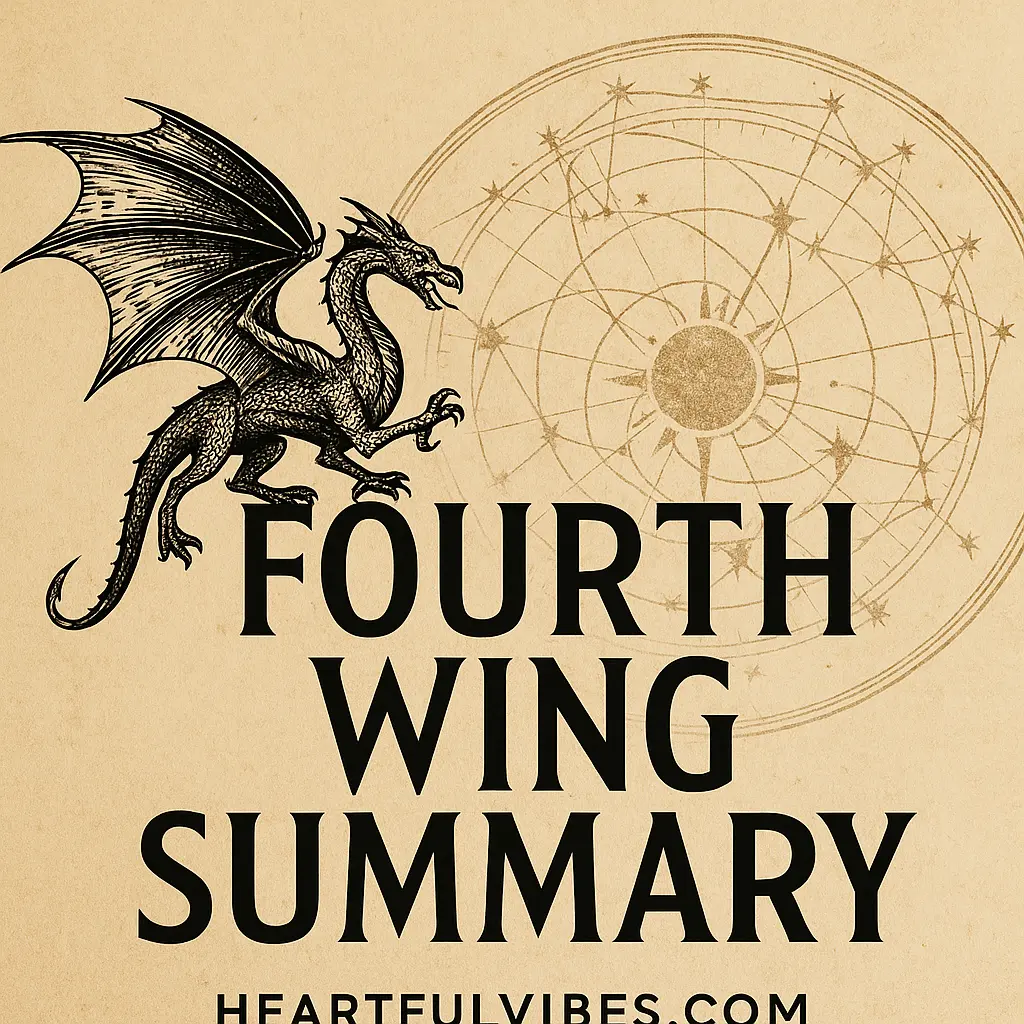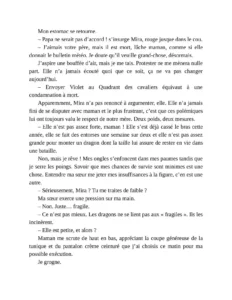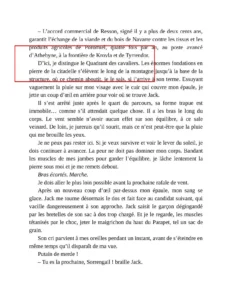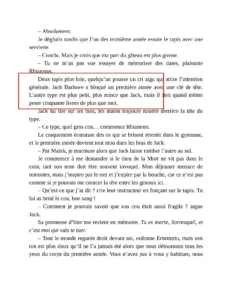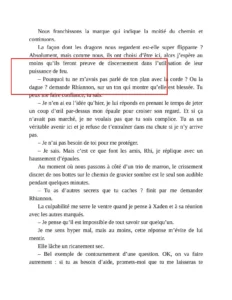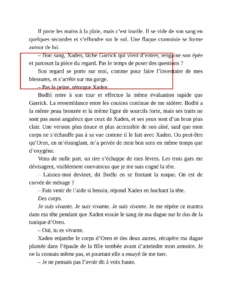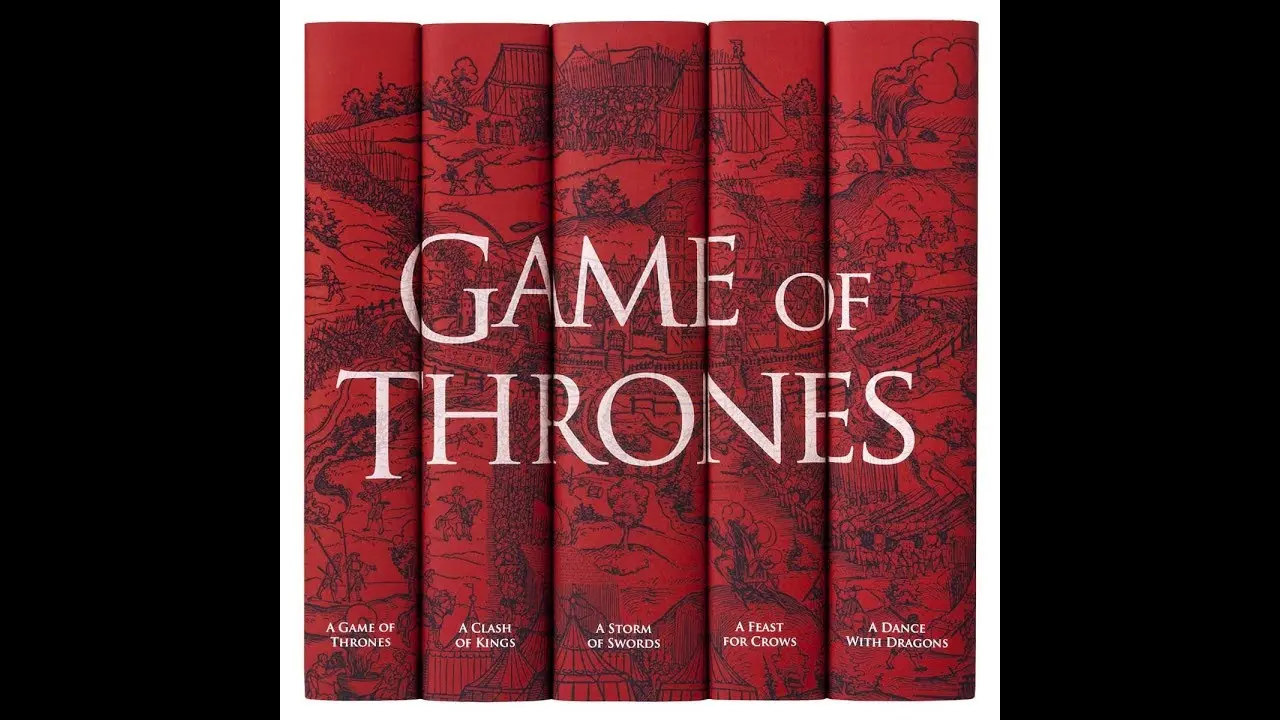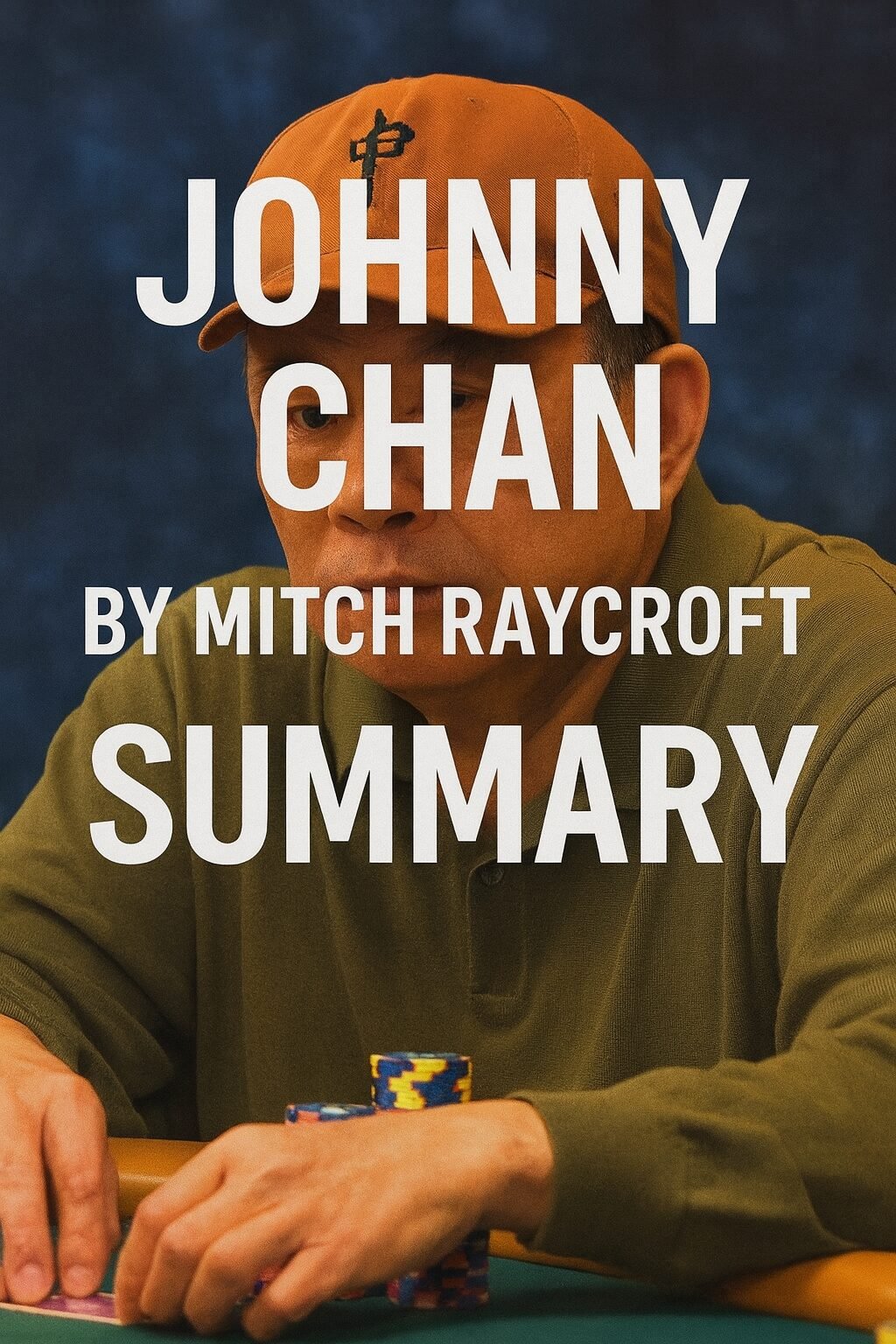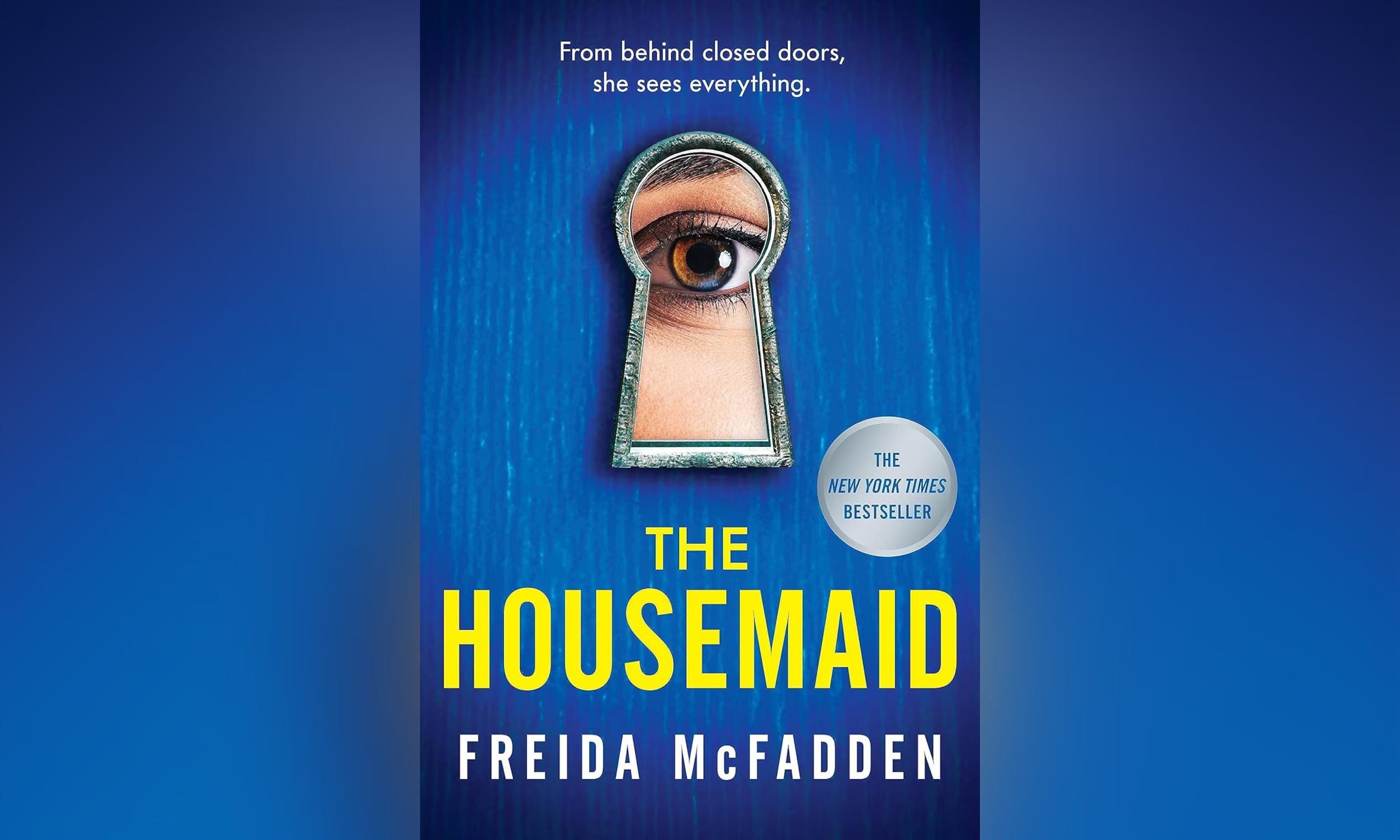Rebecca Yarros’ Fourth Wing is a breathtaking fusion of high fantasy, emotional growth, and military academia that has captivated readers globally.
In this detailed Fourth Wing summary, we explore not just the events of the novel but also its powerful themes, narrative depth, and the reasons it has become a cultural phenomenon in modern fantasy literature.
Whether you’re looking for a spoiler-free peek or a deep-dive after reading, this guide offers a fully immersive understanding of Fourth Wing, with expert insight into its characters, plot arcs, symbolism, and emotional resonance.
Introduction:
Fourth Wing is the first book in The Empyrean series by bestselling author Rebecca Yarros. Published in 2023, the novel unfolds in a war-torn fantasy realm where dragon riders, known as dragonniers, are trained at the ruthless Basgiath War College.
With echoes of Eragon, Throne of Glass, and Divergent, Fourth Wing distinguishes itself with its mature tone, emotional realism, and layered character development.
The protagonist, Violet Sorrengail, is unexpectedly thrust into the elite quadrant of dragon riders—an arena known for weeding out the weak with lethal efficiency. What follows is not just a fight for survival, but a journey of identity, resilience, and unexpected romance.
Violet Sorrengail: A Heroine Who Rewrites the Rules
At the heart of Fourth Wing lies Violet, a 20-year-old daughter of General Sorrengail, commander of the war college. From the very first page, we’re told Violet was meant to be a scribe, a scholar trained to preserve knowledge.
She’s physically fragile due to an early illness, and intellectually inclined—certainly not the warrior her mother expects her to become.
Yet due to her mother’s iron will, Violet is conscripted into the Rider’s Quadrant, the deadliest division of the Basgiath War College.
This forced conscription immediately establishes tension. Her fragility becomes her greatest threat—until it also becomes her greatest advantage.
One of the most compelling aspects of Fourth Wing is how it challenges the typical strong-female-warrior trope. Violet is intelligent, strategic, and deeply empathetic, embodying a different kind of strength that ultimately proves just as (if not more) powerful than brute force.
A Brutal World: The Setting of Basgiath War College
Basgiath is not Hogwarts. The moment candidates arrive at the war college, they’re told that many will die before the week is out—and they do. The first true test is crossing the Parapet, a narrow, wind-lashed bridge above a deadly drop. Fall, and you die. And many do.
Violet barely makes it across, aided in part by her quick thinking, strategic awareness, and the modified gear provided by her protective sister Mira. This sets the tone for the rest of the novel: intellect and preparation win battles as much as strength does.
Throughout her first year, Violet faces near-constant physical threats—from classmates eager to eliminate weak competition, from unrelenting combat training, and from dragons themselves. But it’s not just a test of stamina—every moment is a test of loyalty, perception, and will.
The war college is organized into four quadrants: Riders, Healers, Scribes, and Infantry. While all play key roles in defending Navarre from threats like the rebel Tyrs, it’s the Riders who are granted access to magic via bonding with dragons.
Dragons and Bonding: The Mystical Core of Fourth Wing
One of the most original aspects of Fourth Wing is its portrayal of dragon-human bonds. In Yarros’ universe, dragons choose their riders—and only the strong, clever, or worthy survive long enough to be chosen.
Dragons are not pets or sidekicks—they are ancient, intelligent beings who can incinerate unworthy candidates on sight.
Violet knows her odds are slim. Her physical weaknesses make her a liability. But when she bonds not just one, but two dragons, it’s a monumental turning point.
She bonds with Tairn, a powerful, intimidating black dragon with a reputation to match, and Andarna, a young, rare golden dragon with unique powers.
This dual bond is unheard of—and with it comes both power and risk. Violet gains access to signet powers, magical abilities linked to her dragons, including the power to manipulate lightning (a rare gift). But it also makes her a target—both politically and physically.
Dragons, as Yarros writes them, are autonomous, proud, and fierce. They aren’t tamed but respected. Their opinions shape politics. Their bonds forge alliances. And their disapproval means instant death.
Xaden Riorson: Romance in the Midst of War
Every great fantasy saga has a complicated romance—and Fourth Wing delivers this in spades with Xaden Riorson, the powerful, brooding wing leader and the son of a famed rebel leader executed for treason.
Xaden has every reason to hate Violet: her mother personally oversaw the execution of his father. The tension between them crackles with political, emotional, and personal danger. Their eventual romance is slow-burn, reluctant, and grounded in mutual respect and fear.
Yarros crafts their connection with nuance, refusing to fall into tired tropes. Violet and Xaden challenge each other, both emotionally and ideologically. He teaches her to fight and survive; she challenges his worldview and earns his reluctant admiration.
Their relationship evolves from animosity to attraction to partnership, and it’s marked by sharp banter, deep wounds, and intense chemistry. It’s not just steamy—it’s smart. Their love story becomes a metaphor for bridging divides and learning to trust amid trauma.
Power, Politics, and Propaganda
One of the most underappreciated aspects of Fourth Wing is its political complexity. The kingdom of Navarre is not just at war with external enemies—it’s at war with truth itself.
As Violet delves deeper into the Rider’s Quadrant and begins reading restricted texts, she starts to question the official history of Navarre and the motives of its leaders—including her own mother. She learns of coverups, manipulation, and the systematic silencing of dissent.
The Tyrs, once labeled traitors, might have been resisting something far darker. What begins as a personal story of survival slowly morphs into a larger mystery about rebellion, misinformation, and institutional corruption.
This theme makes Fourth Wing particularly relevant in our current era of media skepticism and polarized truths. Yarros doesn’t just tell a fantasy story—she reflects on how power shapes reality and how truth can become a casualty in the name of order.
Themes That Resonate: Identity, Belonging, and Trauma
Beyond dragons and death-defying battles, Fourth Wing is a deeply human story about finding identity in hostile territory.
Violet isn’t just learning to fight—she’s learning who she is, outside the expectations of her mother, her fallen brother, and a society that views strength as physical.
She forges friendships, mourns the dead, and discovers her voice in a world that constantly tries to silence or kill her.
Themes of grief, survival, loyalty, love, and trauma are woven throughout the narrative. Violet suffers injury, betrayal, and heartbreak—but never loses her moral compass. She doesn’t become heartless to survive. She becomes more whole.
Her arc is powerful precisely because it doesn’t glorify violence. Instead, it glorifies adaptability, kindness, and strategic thinking, showing that power can come in many forms.
Supporting Cast: Friends and Foes
The cast of Fourth Wing is extensive and well-developed. Here are some key figures:
- Mira Sorrengail: Violet’s older sister, a powerful dragon rider who tries to protect her.
- General Sorrengail: Their mother, cold, commanding, and deeply complex. She sees Violet’s conscription as necessary.
- Dain Aetos: Violet’s childhood friend and love interest, whose loyalty is tested in painful ways.
- Rhiannon Matthias: A fellow first-year cadet and Violet’s friend, offering warmth and levity.
- Jack Barlowe: A cruel and sadistic cadet who targets Violet repeatedly.
- Andarna & Tairn: Violet’s bonded dragons, both powerful and distinct in personality.
These relationships serve not just as side stories but reflections of Violet’s internal transformation, and they help drive the emotional stakes higher with each chapter.
Twists, Betrayals, and the Climactic Battle
As the year progresses, Violet uncovers more about the true war Navarre is fighting. The border raids aren’t random—they’re being manipulated. She learns about Wyverns, dragon-like creatures that are grotesque and unnatural, hinting at deeper, darker magic.
In the climax, Violet and her allies face a brutal ambush, and she’s forced to fight beyond her limits—emotionally and magically. Xaden plays a major role here, not just as a lover or leader, but as someone forced to choose between loyalty and truth.
The ending redefines the entire novel: the war is not what they thought, the rebels might have been right, and Violet’s role in the future of the realm will be far more central than anyone anticipated.
And yes, the final chapters include major betrayals, devastating losses, and a cliffhanger that has left readers breathless.
Writing Style and Narrative Craft
Yarros’ prose is fluid, modern, and emotionally charged. Her narrative voice balances brutal realism with lyrical introspection. She captures both the blood and beauty of war, and her dialogue feels authentic and often witty.
What sets her apart is her ability to infuse even the darkest scenes with emotional intelligence. Whether Violet is nursing a wound, navigating love, or decoding political lies, every scene feels grounded in character and consequence.
Her world-building is thorough without ever becoming overwhelming, and the pacing—while intense—is rarely rushed.
Why Fourth Wing Stands Out in Fantasy
In a genre crowded with chosen-one stories, magical academies, and fantasy creatures, Fourth Wing rises above the rest because of its emotional integrity, complex morality, and relatable heroine.
It’s not just a fantasy—it’s a coming-of-age tale in the most hostile of environments. Violet’s transformation is earned, not gifted. Her strength is hard-won, and her victories always come with loss.
Moreover, Yarros’ real-life experience—married to a military veteran and mother to children with chronic illnesses—shines through in the realism of Violet’s battles, both physical and psychological. It’s a story written with empathy and firsthand understanding of resilience.
Final Thoughts:
This Fourth Wing summary offers more than a recap—it offers insight into why the novel has become a bestseller, a book club favorite, and a cornerstone of modern fantasy literature.
It resonates with readers because it dares to say:
- You don’t have to be physically perfect to be powerful.
- Intelligence and empathy are as vital as combat skill.
- Love doesn’t save you—but it can help you save yourself.
- Truth matters, even when it’s dangerous.
As we await the next installment of The Empyrean, Violet Sorrengail has already carved her place among fantasy’s most compelling heroines.
Frequently Asked Questions (FAQs)
What genre is Fourth Wing by Rebecca Yarros?
Fourth Wing is a new adult fantasy novel with strong elements of military training, romance, political intrigue, and magical realism.
Is Fourth Wing part of a series?
Yes. It is the first book in The Empyrean series. The sequel, Iron Flame, was released in late 2023.
Is Fourth Wing appropriate for teens?
While marketed to older teens and adults, Fourth Wing contains graphic violence, mature romantic scenes, and themes of trauma and death, making it best suited for readers aged 16+.
If you enjoyed this detailed Fourth Wing summary, bookmark it for your next reread or share it with fellow readers who are just discovering Rebecca Yarros’ spellbinding world.
Whether you’re a dragon-lover or a fan of complex, emotionally rich heroines, Fourth Wing will leave a lasting imprint.
